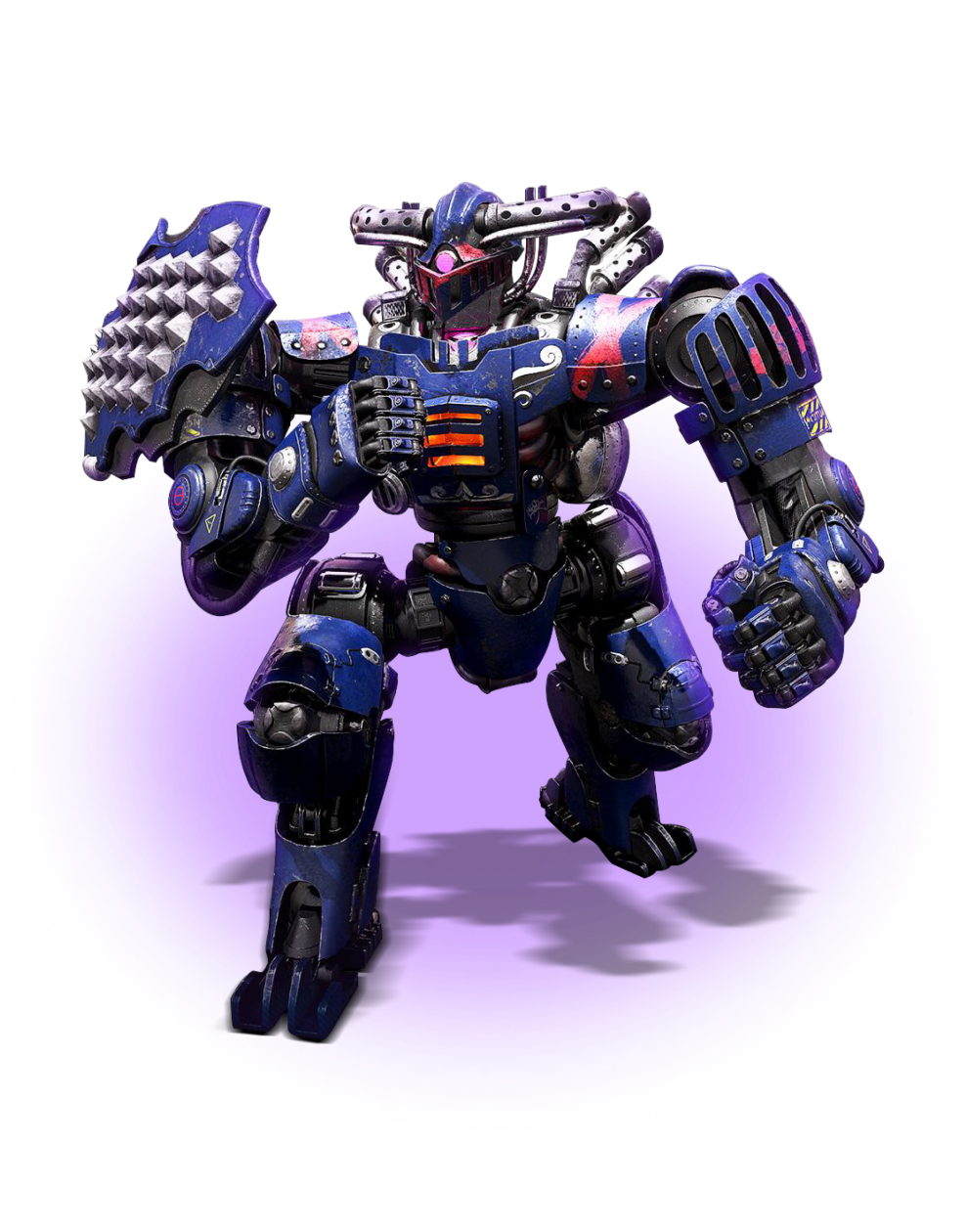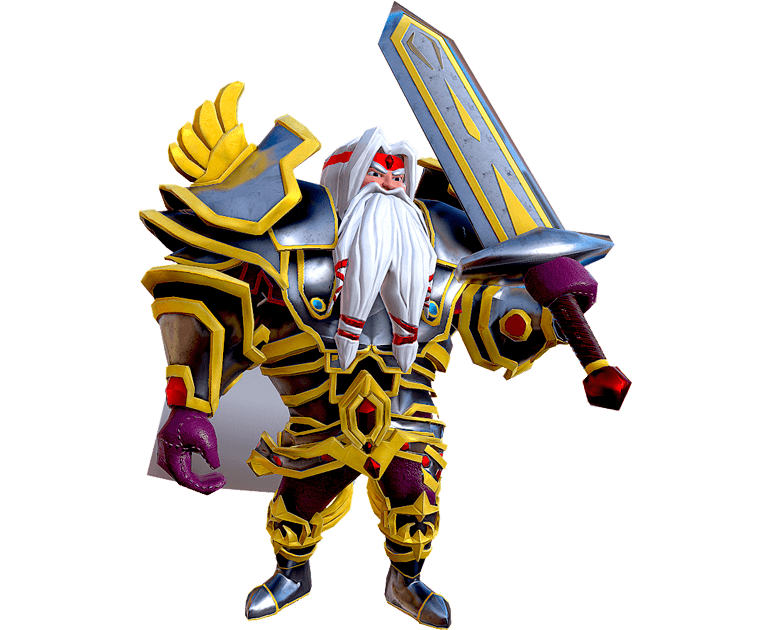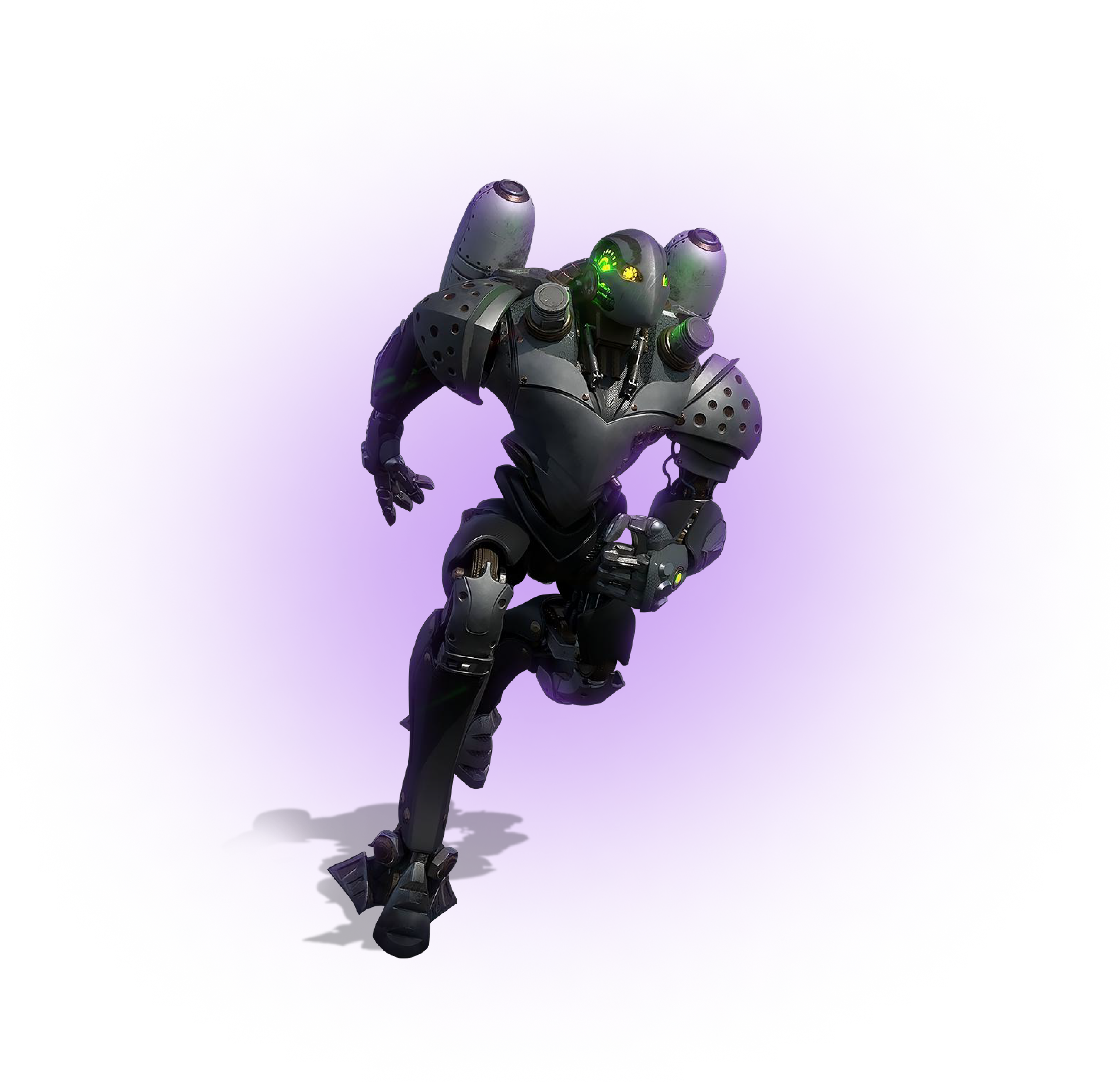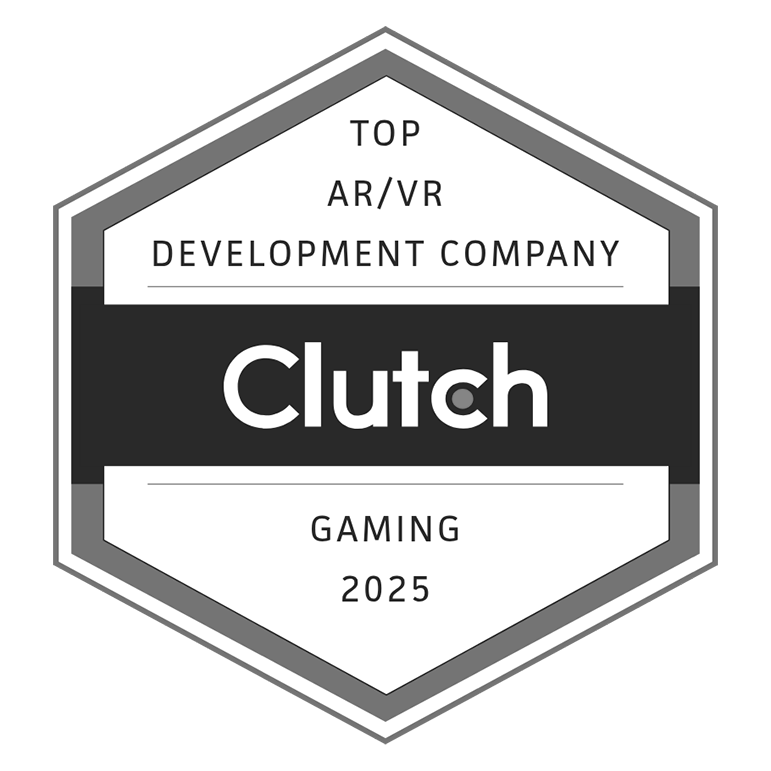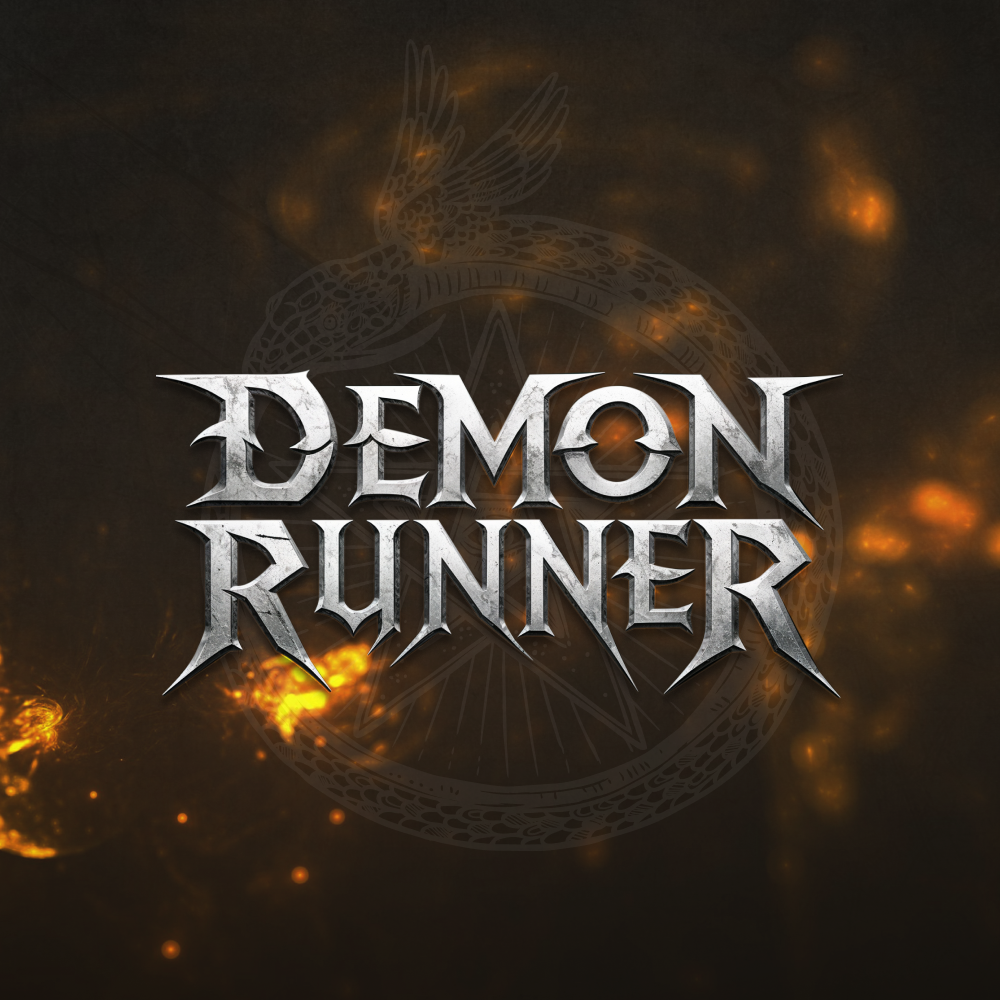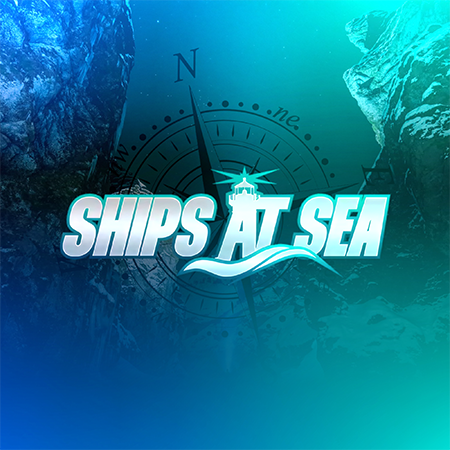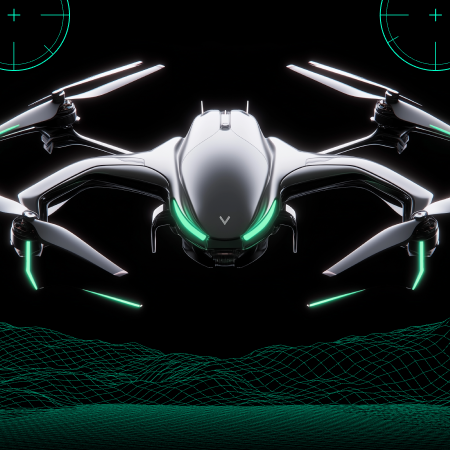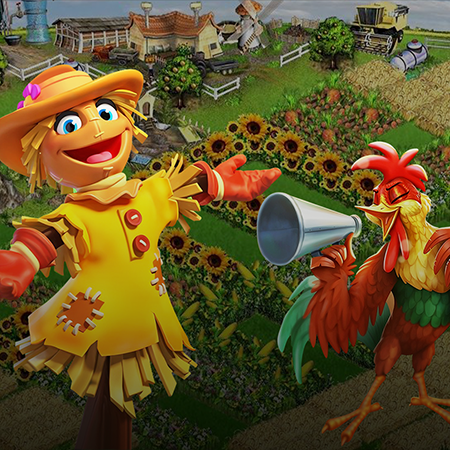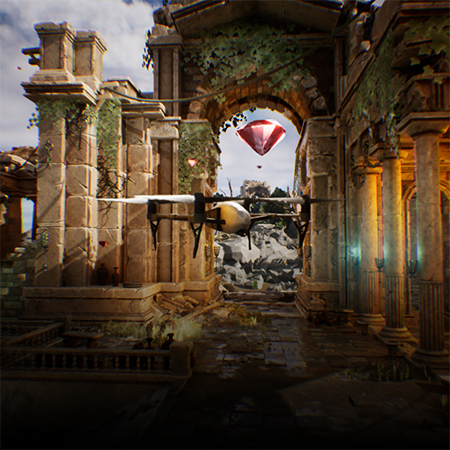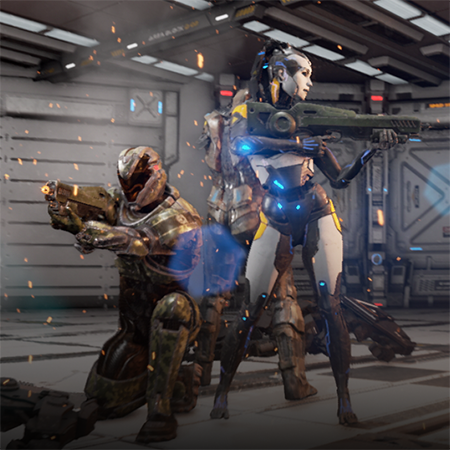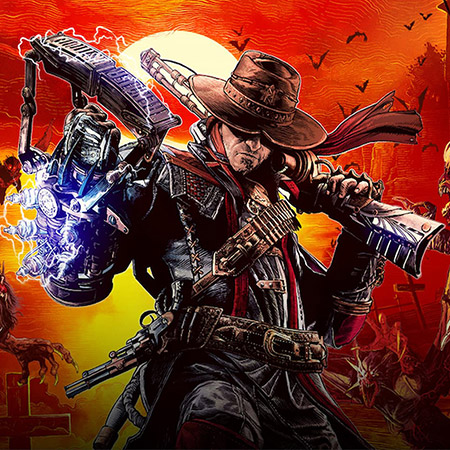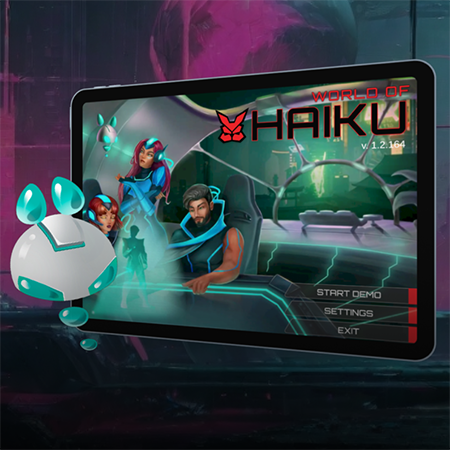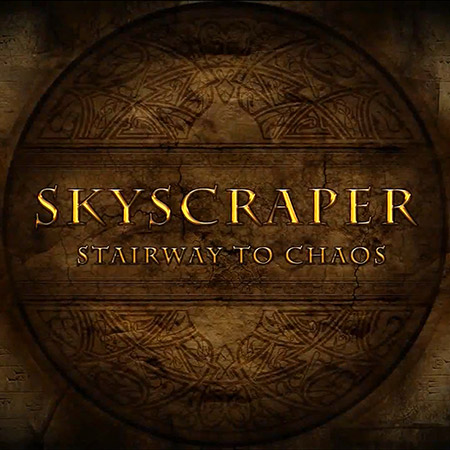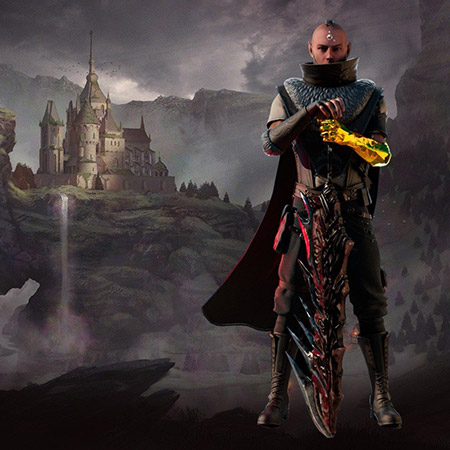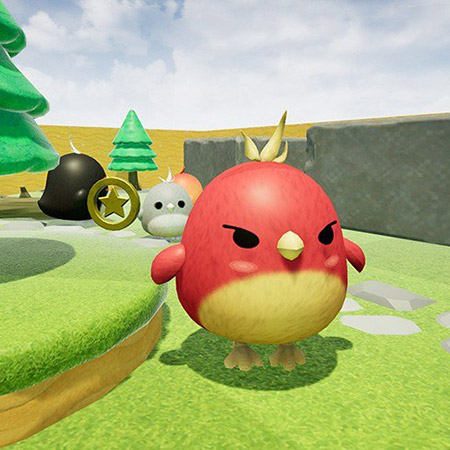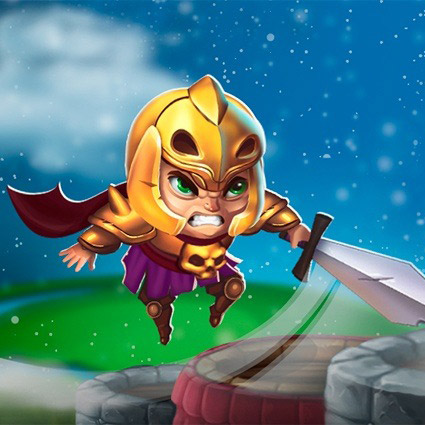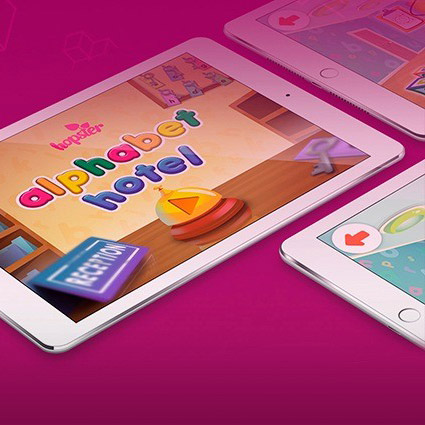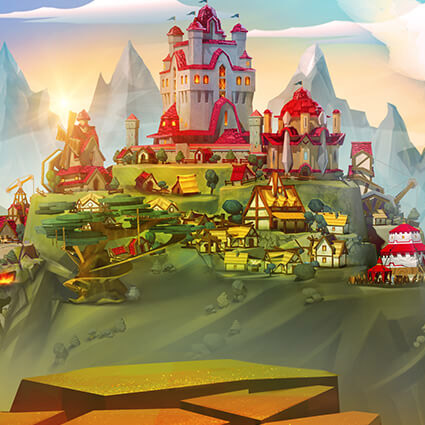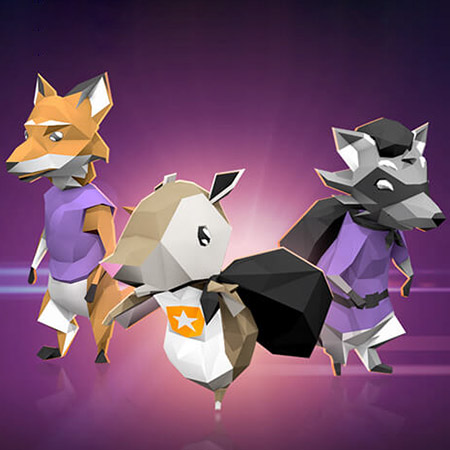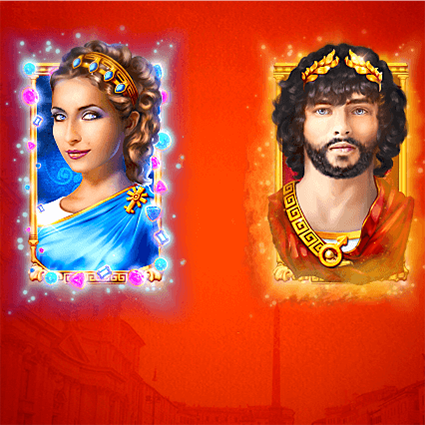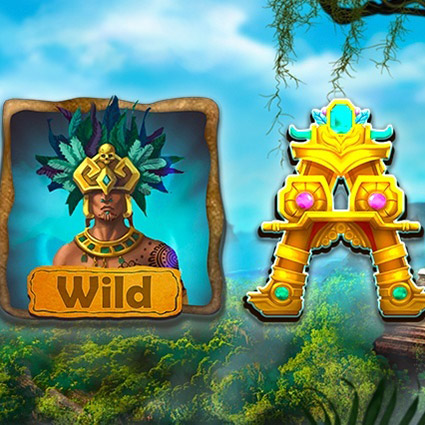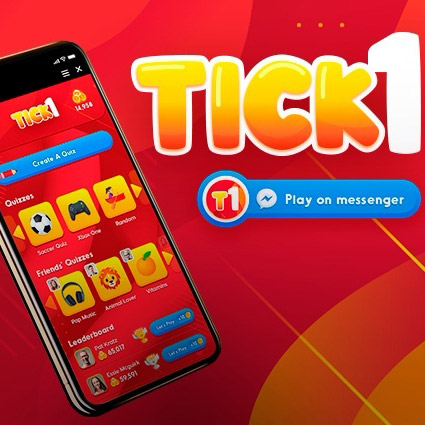The VR headset market is constantly evolving, with new and improved models being released regularly. There is no one-size-fits-all answer to this question, as the best VR headset for game development depends on a variety of factors, including the type of VR game being developed, the target audience, and the resources available for development.
For game development companies such as Game-Ace, choosing the right VR headset is crucial in creating captivating, immersive games for our clients. As a rule, the most suitable VR headset for game development is dependent on the following:
- type of VR game being developed;
- target audience;
- available resources for development.
Some popular VR headset options for game development are:
1. Oculus (Meta) Quest 2:
- offers high freedom and portability;
- features a high-resolution display and intuitive hand controllers;
- has an extensive library of VR games showcasing the headset’s capabilities.
2. Valve Index:
- provides a decent level of immersion and comfort with high-resolution displays, precise hand tracking, as well as advanced haptic feedback;
- is suitable for games requiring high player immersion and interaction;
- supports a wide range of VR development tools.
3. HTC Vive:
- ensures a highly immersive experience to players through its room-scale VR technology and motion tracking controllers, providing a realistic and interactive gaming environment;
- designed to offer precision tracking and high-quality graphics, endowing players with a seamless gaming experience;
- has a large VR community, and many VR enthusiasts own the device, implying a large potential audience for VR games developed for the platform.
Now let’s talk about each of them in more detail.
Firstly, it’s no secret that one of the most popular VR headsets for game development is the Oculus (Meta) Quest 2. Quest 2 offers a high level of freedom and portability, allowing players to experience VR games without being tethered to a computer. It also features a high-resolution display and intuitive hand controllers, making it a good choice for action-packed VR games that require a high level of player interaction. For example, the Game-Ace team has developed Star Archer VR for one of our clients, and it’s well-optimized for Quest 2.
Secondly, the Valve Index is also an outstanding choice for games dependent on player immersion and interaction, such as exploration-based VR games or games requiring high precision and control. In addition, the Valve Index supports many VR development toolkits, making it a reasonable solution for game developers and owners in pursuit of supreme-quality virtual reality products.
Thirdly, HTC Vive is one of the leading VR headsets in the market. Its room-scale VR technology and precision tracking controllers offer a realistic as well as interactive gaming environment. Moreover, HTC Vive has a large and supportive VR community, allowing VR game developers to reach more players, increasing the visibility of the games being developed.
Game-Ace can also consider developing VR games for multiple VR headsets to reach players from different regions, thereby maximizing return on investment. For instance, we can create a VR game for the Oculus (Meta) Quest 2 and HTC Vive, catering to both hardcore VR gamers as well as more mainstream gamers.
So the best VR headset for game development depends on the type of VR game being developed, the target audience, and the budget. Regardless of choice, Game-Ace can utilize its game development powers to build enthralling VR games that offer players an immersive and unforgettable experience.

